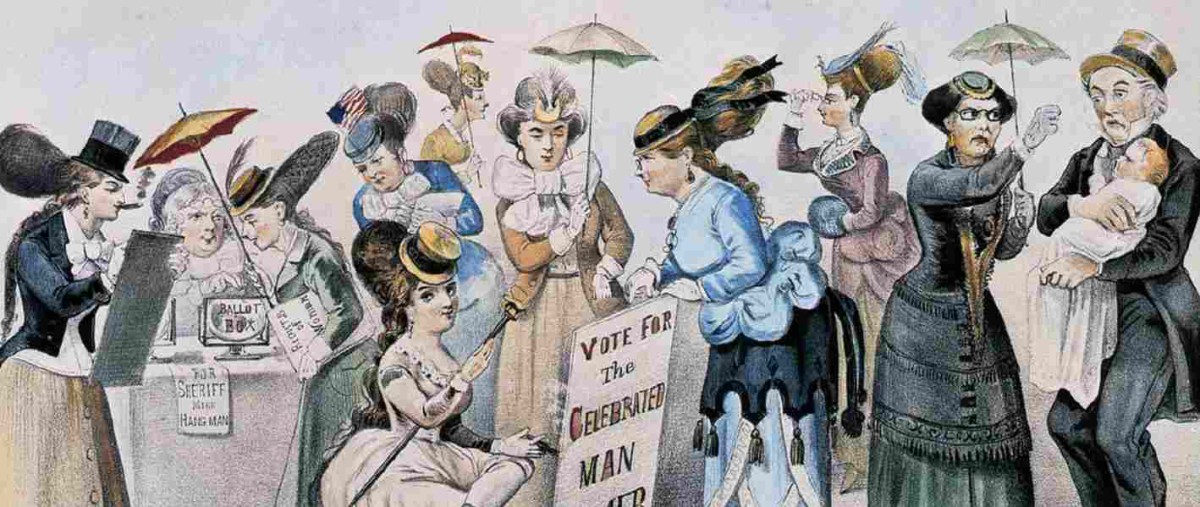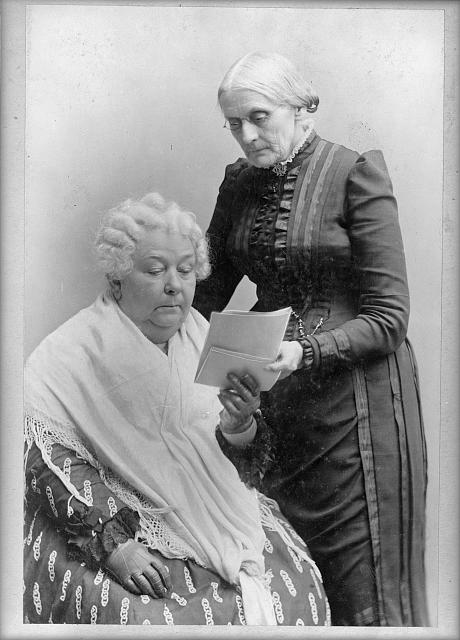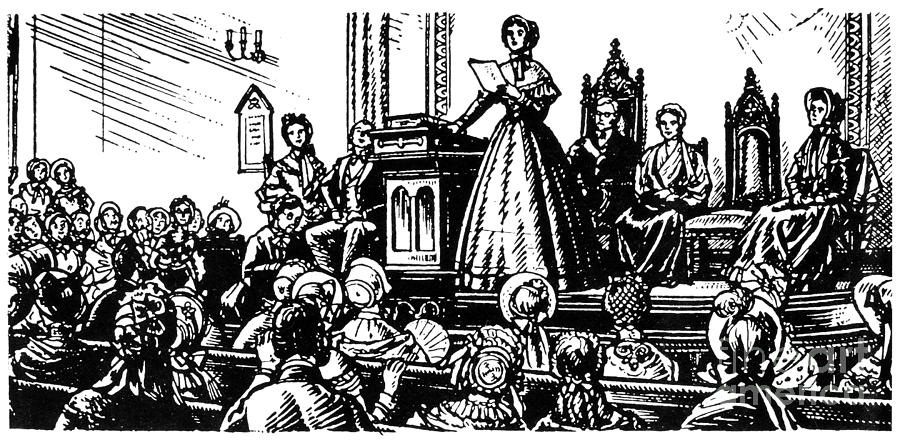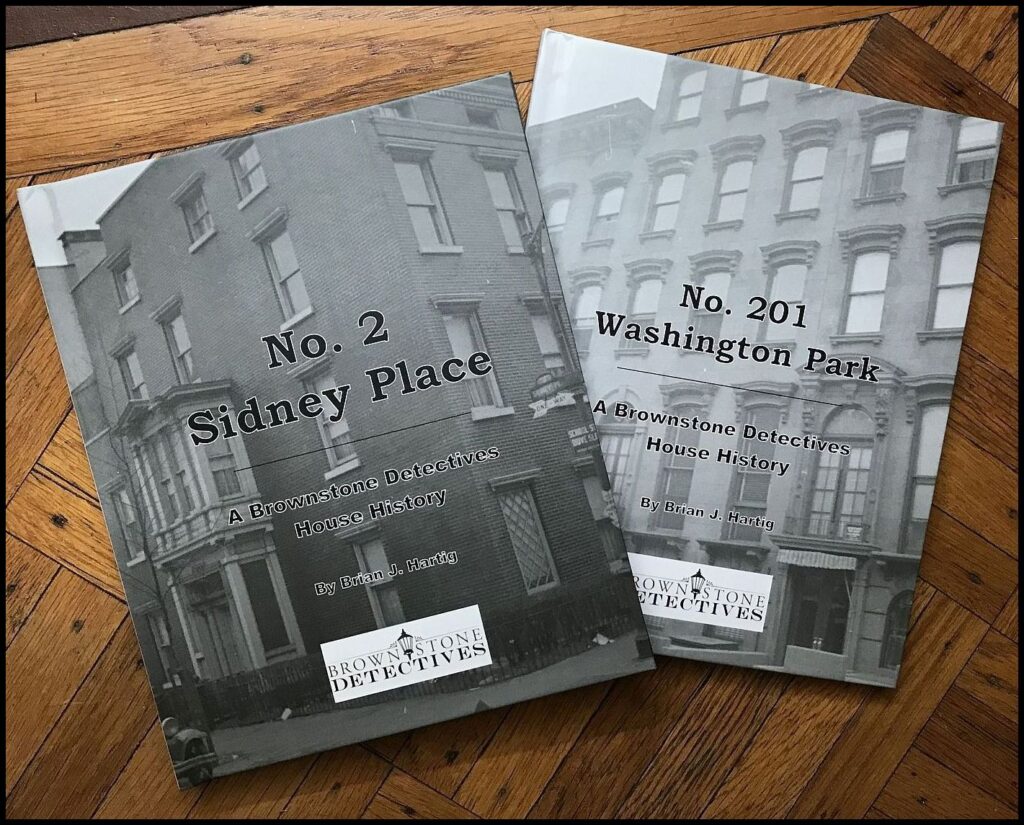“HE HAS MADE HER…CIVILLY DEAD” (1848)

Brownstone Detectives investigates the history of our clients’ homes.
The story you are about to read was composed from research conducted in the course of one of those investigations.
Do you know the history of YOUR house?
********************************************************************************************************************************
In July of 1848, Elizabeth Cady Stanton, an early organizer for women’s suffrage movements in the United States, changed the course of property rights for married women forever when she uttered a stunning declaration about their legal mortality.
They were, she noted dryly, “civilly dead.”

While Stanton was not attacking the institution of marriage itself, she was confronting American society with a challenge to the institution’s precepts on women’s capacities to control their very destinies. Most importantly, she believed the forfeiture of married women’s autonomy to be a mistake.
As things then stood, women, as soon as they tied the proverbial knot, were in positions of almost total dependency on their husbands. The legal status of married women at the time, referred to as coverture, was famously placed into stark terms by the English jurist William Blackstone in his 18th century legal classic, Commentaries on English Law:
“By marriage, the husband and wife are one person in the law: that is, the very being or legal existence of the woman is suspended during the marriage, or at least is incorporated and consolidated into that of the husband: under whose wing, protection, and cover, she performs every thing.”
As a result of the suspended existence of married women, they could not own property independent of their husbands. As a matter of fact, all belongings a woman brought to her marriage or earned during marriage at the time, including wages, became her husband’s legal property. He could manage it or give it away, as he chose, without consulting her.
As such, Stanton’s “civilly dead” statement was not made without provocation. That provocation was the result of many years of laws subjugating married women to their husbands and disallowing them to maintain even the level of autonomy they had enjoyed as unmarried women.
Her statement was just one of three “injuries and usurpations on the part of man toward woman,” and was presented at the first women’s rights convention, the Seneca Convention, which took place in Seneca Falls, New York, in 1848. It was not just a base list of grievances. It was an avowal of sorts, akin to a party plank and based loosely upon the Declaration of Independence.
Earlier in the year year, in response to an embarrassing public missive that Stanton and her lieutenants had sent to the New York State Legislature, that autumn body had, for once, gathered the political courage to pass a law to replace coverture, the Married Women’s Property Act of 1848.

The Seneca Convention gave a national platform to these issues prominent within the act and convinced many other states to issue similar legislation. By 1860, 14 states had passed some version of the New York law, and by the end of the Civil War that number had risen to 29.
The sudden victories for married women were actually a part of a general movement, underway since the 1820s, away from common law traditions and in favor of the codification of law. Most significantly for women, New York’s 1848 act significantly altered the law regarding the property rights granted to married women, allowing them, amongst other rights, to personally own and control their property.
After the law passed, New York saw the number of properties purchased solely by women – for a variety of very pragmatic reasons – increase dramatically. As time went on, it became clear how the law would be of great benefit to men, as well, as it would allow them to protect properties purchased under their wives’ names from the liabilities incurred in their own business transactions.
The final result, though, was that married women were accorded most of the same rights that their husbands had enjoyed regarding property, making this a significant early victory for women’s rights.
———————————————————————————————————————–
 Brownstone Detectives is an historic property research agency. Our mission is to document and save the histories of our clients’ homes. From our research, we produce our celebrated House History Books and House History Reports. Contact us today to begin discovering the history of your home.
Brownstone Detectives is an historic property research agency. Our mission is to document and save the histories of our clients’ homes. From our research, we produce our celebrated House History Books and House History Reports. Contact us today to begin discovering the history of your home.